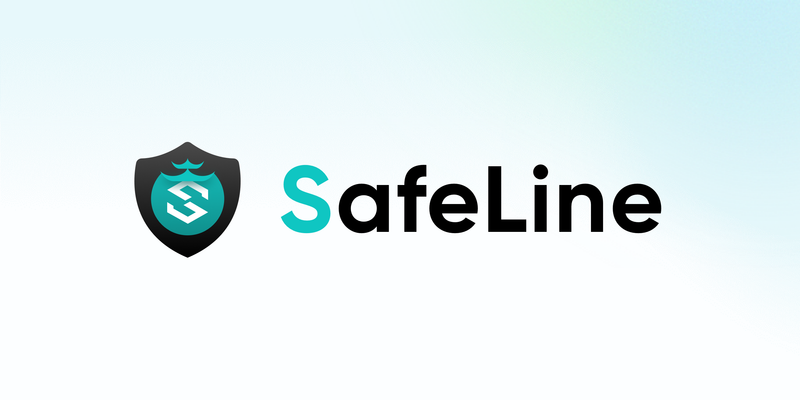SQL Injection (SQLi) remains one of the most common and dangerous web security threats. Despite being well-known and heavily documented for years, countless websites and APIs are still vulnerable — often due to overlooked input validation, legacy code, or complex systems that are hard to patch completely.
If you're running a web app connected to a database, you need to take SQLi seriously. Here’s why, and how using a Web Application Firewall (WAF) can dramatically reduce your risk.
What Is SQL Injection?
SQL Injection occurs when an attacker manipulates unsanitized input fields to inject malicious SQL commands into your database queries. That could mean:
- Bypassing authentication
- Dumping entire tables
- Modifying or deleting critical data
- Running admin-level commands on the database
Here’s a classic example:
SELECT * FROM users WHERE username = '$input';
If $input is:
' OR '1'='1
The query becomes:
SELECT * FROM users WHERE username = '' OR '1'='1';
That returns every user in the database — including admins.
Why SQL Injection Still Matters
- OWASP Top 10: SQLi is a persistent member of the OWASP Top 10 vulnerabilities.
- High Impact: A successful SQLi attack can lead to full database compromise.
- Low Barrier: SQLi exploits are easy to find, with public payloads and tools like sqlmap.
- Hard to Detect: Some SQLi variants are silent, leaving no obvious traces.
How a WAF Helps Block SQL Injection
A modern Web Application Firewall (WAF) sits between your users and your application, filtering malicious traffic before it reaches your backend.
A WAF can:
- Detect and block SQL patterns like
OR 1=1,UNION SELECT, etc. - Prevent automated tools like sqlmap from probing your endpoints.
- Provide virtual patching to shield legacy systems you can’t immediately fix.
- Log and alert suspicious behavior in real time.
If you're deploying a WAF like SafeLine WAF, you get:
- A next-generation intelligent semantic analysis engine with high accuracy
- Easy integration with NGINX / Apache setups
- Open source, lightweight, and production-ready
Best Practices to Stay Safe
WAFs are powerful — but don’t stop there. Combine them with:
- Prepared statements / parameterized queries
- Strict input validation and sanitization
- Least privilege database access
- Regular vulnerability scanning
- Patch management and CI/CD security checks
Final Thoughts
SQL Injection is one of the oldest tricks in the hacker playbook — but it’s still incredibly effective. If you care about your users, your data, or your reputation, it’s time to layer your defenses and make SQLi a thing of the past.
Start with a solid WAF, lock down your input, and test like attackers would.
Join the SafeLine Community
Want to try a powerful, open source WAF?




Top comments (0)